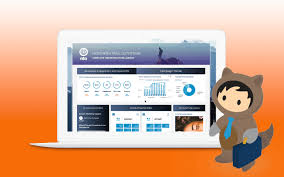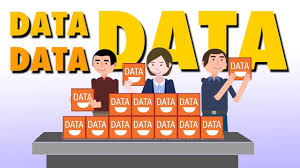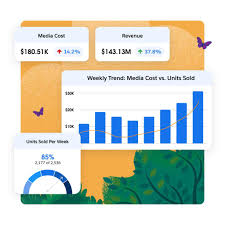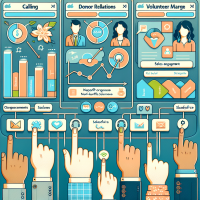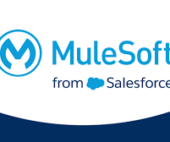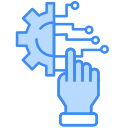AI Agent Revolution
The AI Agent Revolution: How AWS, Salesforce, and Oracle See the Future of Work Executives from AWS, Salesforce, and Oracle believe artificial intelligence (AI) agents are set to redefine work in ways many may not expect. These AI-driven systems promise to streamline operations, enhance productivity, and transform the way businesses interact with technology. The Future of AI Agents in Action Imagine a world where: Swami Sivasubramanian, AWS’s vice president of agentic AI, describes this shift as a fundamental leap forward. Unlike earlier AI models, these agents don’t just generate content—they reason, plan, and execute tasks. They can research, pay bills, manage enterprise applications, and break down high-level objectives into actionable steps. Sivasubramanian envisions a “fully AI world” where agents autonomously make decisions, automate workflows, and coordinate with minimal human oversight. But, as he points out, this isn’t a distant future—it’s happening now. Companies like Genentech are using AI agents to accelerate drug research, cutting timelines by nearly five years. Moody’s has reduced its credit risk reporting process from a week to under an hour. These breakthroughs illustrate the vast potential of AI-driven automation. Salesforce’s ‘Limitless Labor’ Approach Salesforce is also at the forefront of AI agent adoption with Agentforce, a platform that has seen overwhelming demand since its launch. More than 5,000 customers signed up in its first full quarter, signaling a strong appetite for AI-driven automation. Adam Evans, EVP and GM of Salesforce AI, describes AI agents as creating a “limitless labor” pool. These agents are already supporting Salesforce’s own customers, resolving 97% of inquiries without human intervention. The next evolution, according to Evans, involves AI agents acting as brand ambassadors—not just answering questions, but understanding customer needs, driving sales, and providing personalized support. Salesforce categorizes AI agents into three types: Early adopters like Wiley Publishing have reported a 40% increase in customer satisfaction due to AI-driven customer service, while Pfizer is leveraging AI agents in life sciences. To support this transformation, Salesforce has introduced flexible pricing models, allowing companies to transition from traditional seat-based pricing to AI consumption-based structures. AI Agents as the New Enterprise Interface Oracle sees AI agents as the future interface for enterprise software, eliminating the need for users to adapt to complex systems. “Let’s stop adapting ourselves to computers and make them adapt to us,” said Miranda Nash, group vice president at Oracle AI. In this vision, users no longer navigate Oracle’s software through menus—they simply ask questions, and AI agents handle the rest through sophisticated, multi-agent workflows. Oracle is embedding AI agents across key business functions, including: As AI transforms work, Nash, Evans, and Sivasubramanian acknowledge concerns about job displacement. However, they emphasize that AI agents augment human roles rather than replace them. At Salesforce, employees previously assigned to repetitive support tasks are now moving into higher-value roles like customer success and sales. Meanwhile, AWS’s AI deployment has saved Amazon 4,500 developer years’ worth of work and over $250 million in capital expenses. “The only option now is to get in the cloud, embrace AI agents, and meet the future of work,” Nash concluded. Like Related Posts Salesforce OEM AppExchange Expanding its reach beyond CRM, Salesforce.com has launched a new service called AppExchange OEM Edition, aimed at non-CRM service providers. Read more The Salesforce Story In Marc Benioff’s own words How did salesforce.com grow from a start up in a rented apartment into the world’s Read more Salesforce Jigsaw Salesforce.com, a prominent figure in cloud computing, has finalized a deal to acquire Jigsaw, a wiki-style business contact database, for Read more Service Cloud with AI-Driven Intelligence Salesforce Enhances Service Cloud with AI-Driven Intelligence Engine Data science and analytics are rapidly becoming standard features in enterprise applications, Read more


